Page 2 - Meals On The Road, Who Was There?
In the pre-fast food era of Route 66's prime, diners were an important part of the cross-country road trip.
What classic meals are served at Route 66 diners? Whether you're starting in Chicago or ending at the Pacific, this road trip delivers more than Americana. It dishes up classic comfort food that's stood the test of time. Think chicken-fried steak on chipped Formica, milkshakes in frosted glasses and pies that would make your grandma proud.


Did You Know? - What are the most popular diner menu items? Cheeseburger. The cheeseburger stands as a cornerstone of diner cuisine, beloved for its simplicity and the comfort it provides.
Fried Chicken
Grilled cheese sandwich
Meatloaf
Pancakes
French fries
Apple pie.





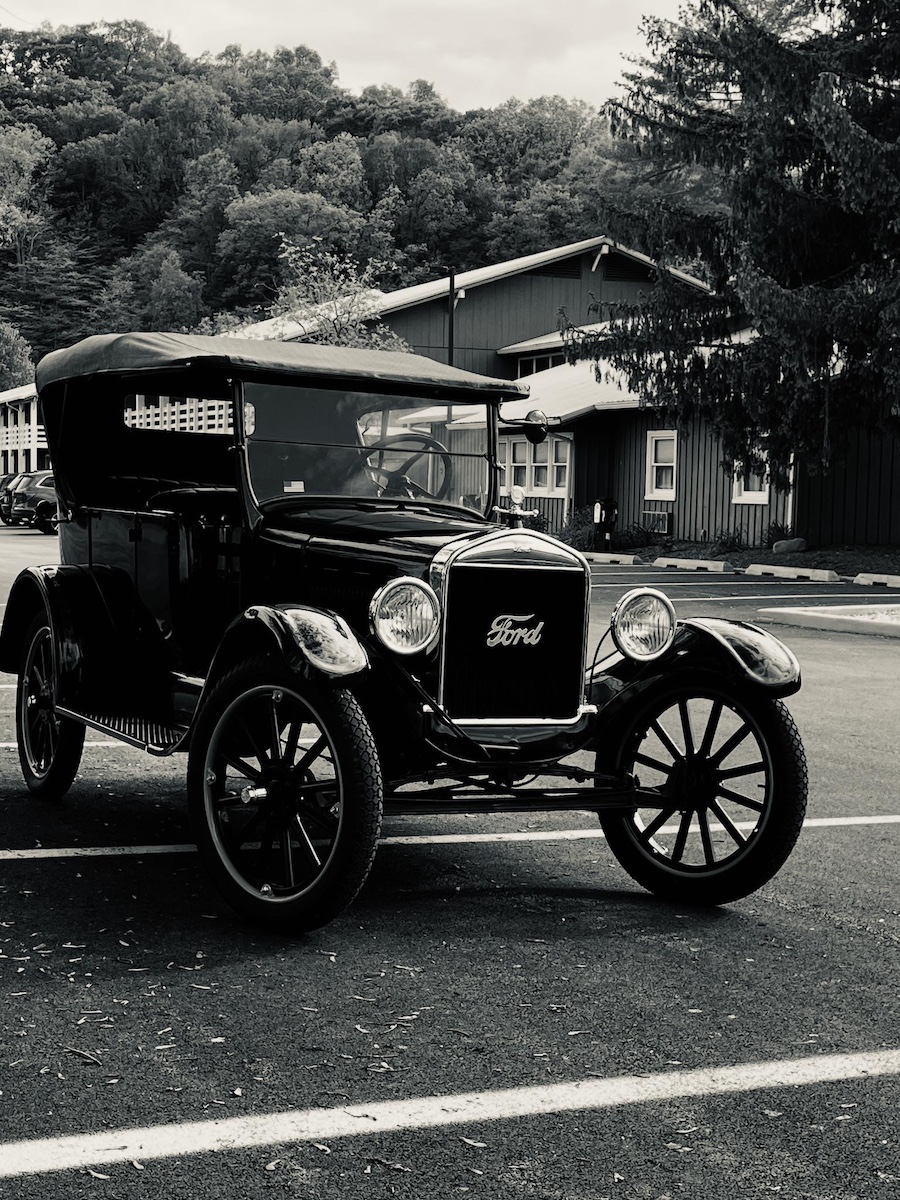

Which fast food restaurant opened its first location on Route 66? McDonald's Not far off Route 66 in San Bernardino is a piece of American business history - the original restaurant of fast-food giant McDonald's.
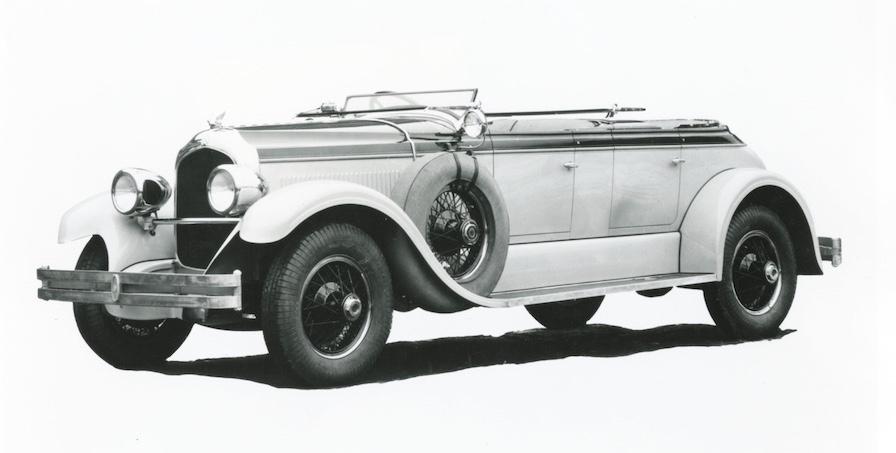







Did You Know? - Route 66 doesn't have a single modern name; instead, it's been replaced by five different interstates (I-55, I-44, I-40, I-15, and I-10) and, in many places, by sections of state and county roads designated as "Historic Route 66".
The original U.S. 66 was officially decommissioned in 1985, and while its historical significance remains, you can only drive portions of the original road, often indicated by beige signs, or use the modern interstates that replaced it.
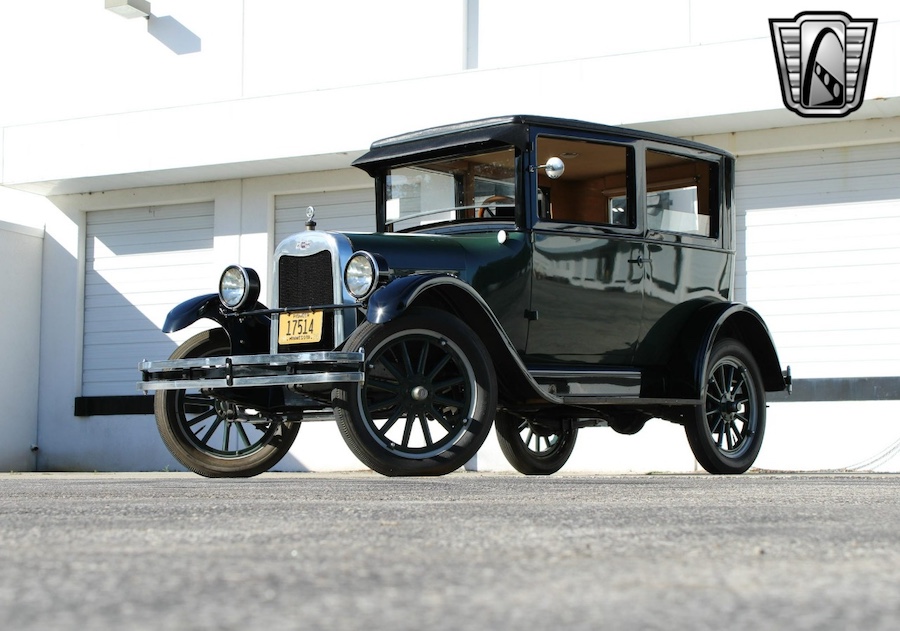




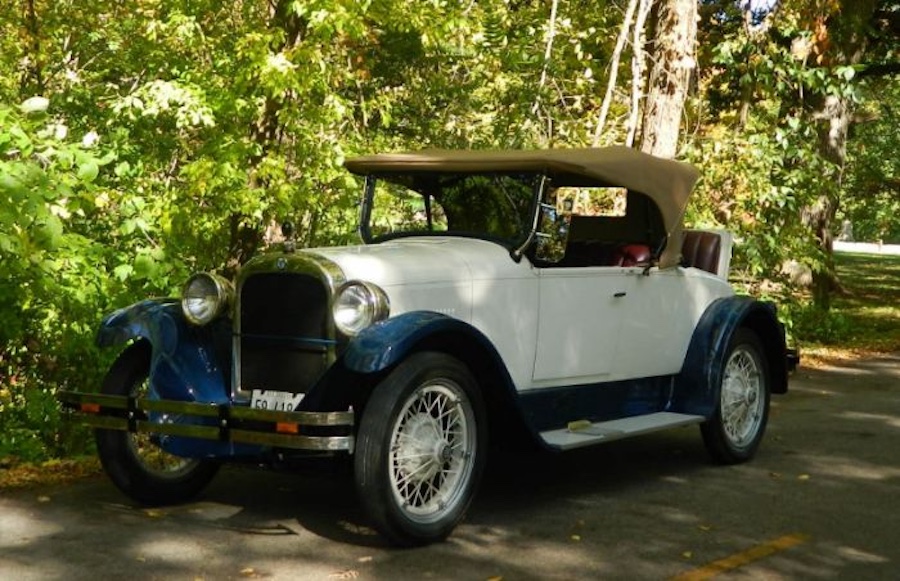

Did You Know? - What's the best time of year to do Route 66? AI Overview The best times for a Route 66 road trip are late spring (April to early June) and early fall (September to mid-October), offering moderate weather, open attractions, and fewer crowds.
You should avoid winter due to snow and potential road closures, and the peak summer months of July and August can be uncomfortably hot, crowded, and more expensive.
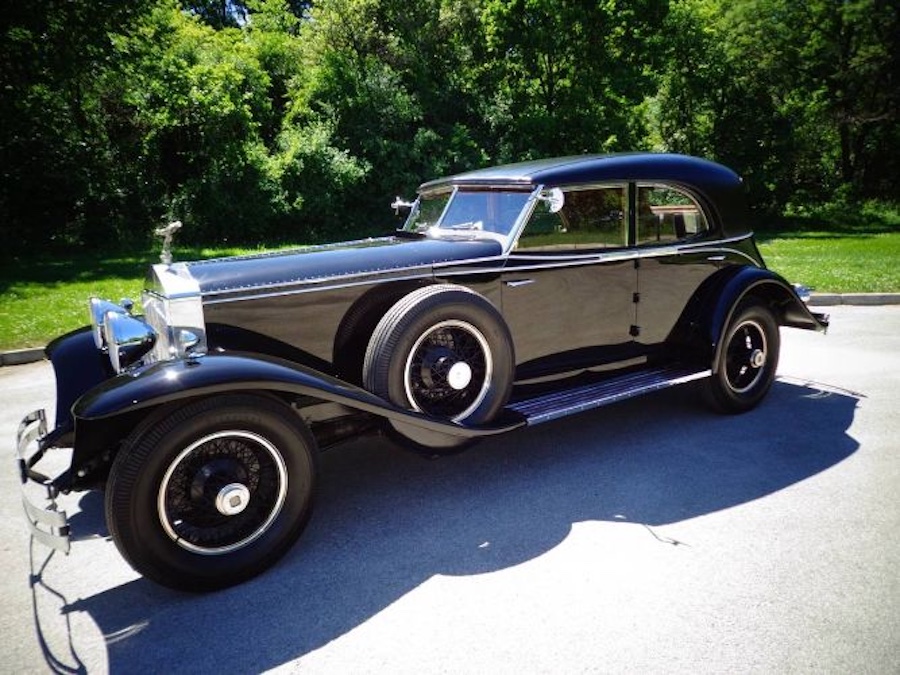




Did You Know? - How many days do you need on Route 66?
Route 66 trip from Chicago to Santa Monica can take anywhere from a few days to several weeks, depending on your pace and interests.
While you could technically drive the 2,400+ miles in 8 days, this would only be for driving.
To truly experience the attractions, towns, and sights, most sources recommend planning for 14 to 21 days, or even longer for a leisurely, in-depth exploration.
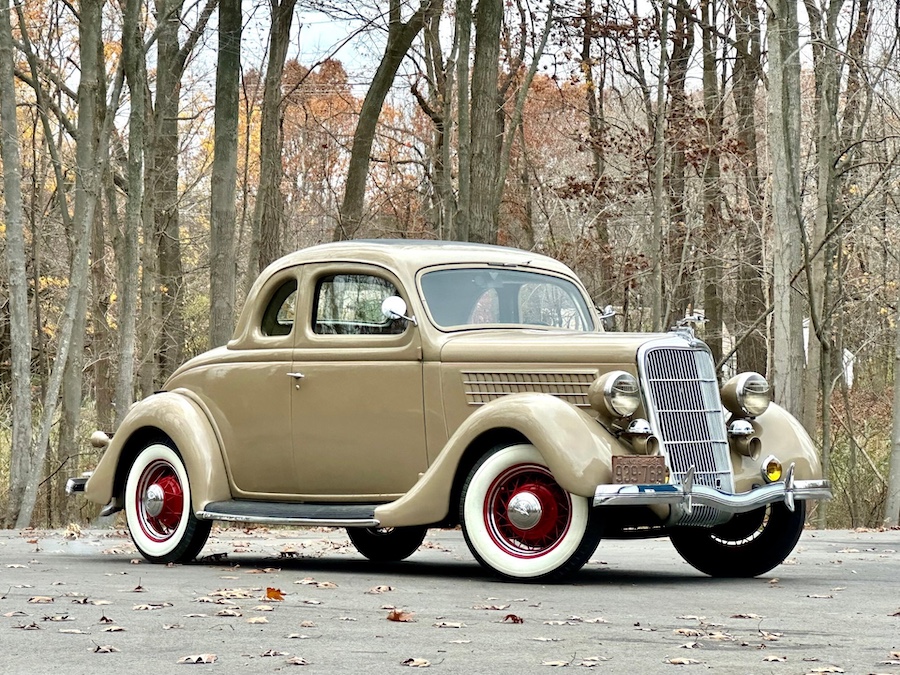









Did You Know? - Route 66 opened in 1926, but wasn't fully paved until 1938.






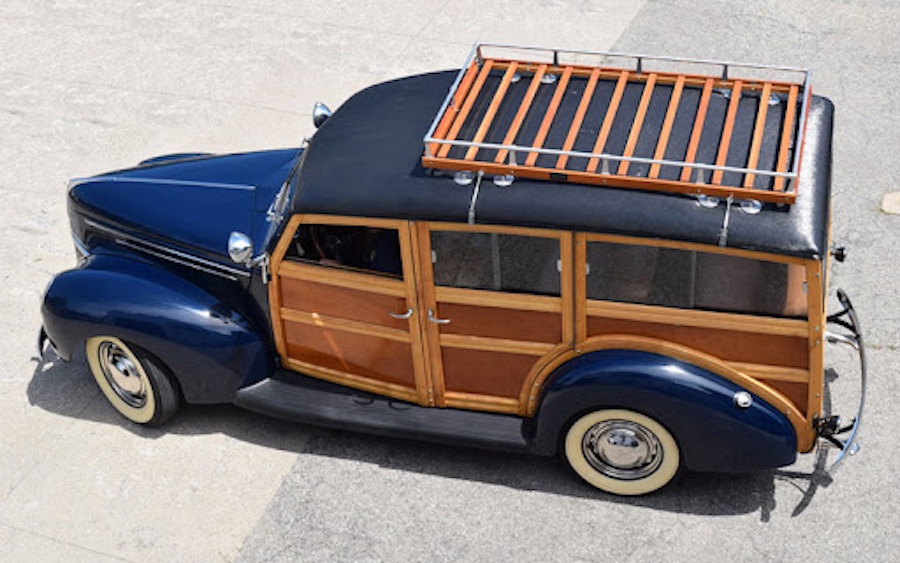

Did You Know? - What caused the death of Route 66?
Route 66 "died" because it was replaced by the more efficient Interstate Highway System. Starting in the 1950s, the construction of new, high-speed interstate highways, authorized by President Eisenhower, bypassed the older, less direct, and more dangerous Route 66.
The Federal Highway Act of 1956 led to the creation of a nationwide network of interstates that superseded Route 66. The final section of Route 66 was replaced by Interstate 40 in 1984, and the original highway was officially decommissioned in 1985.
Reasons for the decline of Route 66:
Bypassing by Interstates: The primary reason for the highway's demise was its replacement by a new system of interstates designed for faster and more direct travel.
Obsolete Design: Older highways like Route 66 were often narrow, followed the "path of least resistance" through towns, and were not designed for the volume of modern traffic, making them slow and dangerous.
Improved Safety and Efficiency: The new interstates offered wider shoulders, gentler curves, and higher-speed limits, leading to faster travel and a significant decrease in fatal accidents.
Economic Impact: The shift to interstates often bypassed the small towns along Route 66, leading to economic hardship and the closure of businesses that had flourished there.
Route 66's Legacy: Historical Significance: Despite its official decommissioning, Route 66 remains historically and socially significant.
Preservation Efforts: In the years following its decommissioning, public and private organizations launched campaigns to preserve and commemorate the historic route.
Historic Route Designation: Many sections of the original Route 66 have been designated as "Historic Route 66," a National Scenic Byway, allowing people to still experience the iconic road.
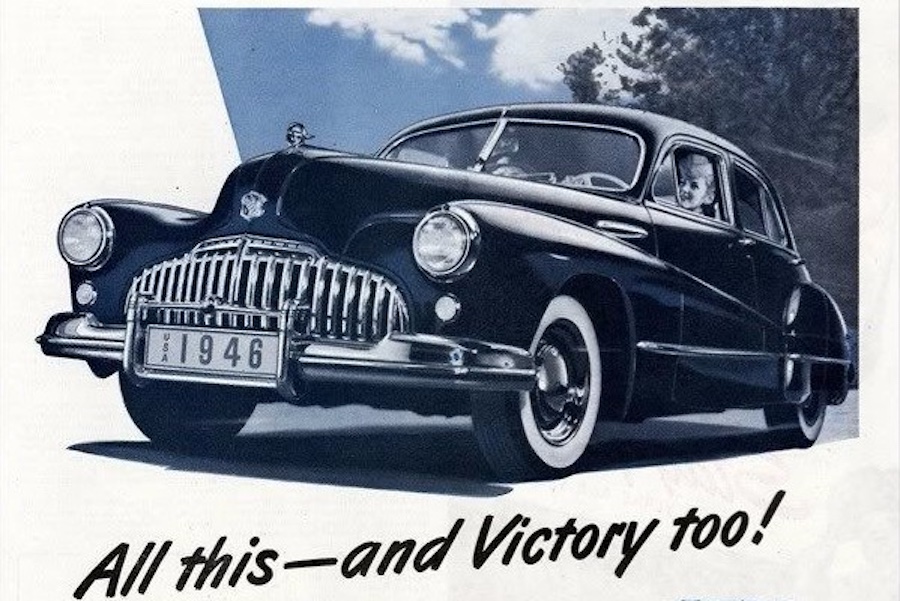





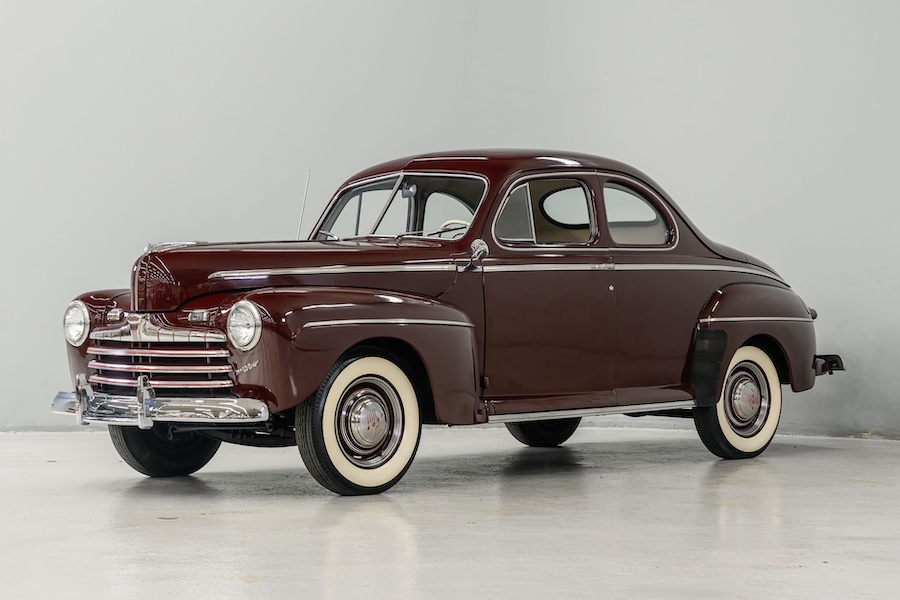

Did You Know? - With 28 miles of The Mother Road, Tulsa is known as the Capital of Route 66®. Route 66 has much of its origins in Tulsa, with Cyrus Avery, a Tulsan, being known as The Father of Route 66 for his role in the road's creation. November 11, 2026, will mark the road's 100th year.
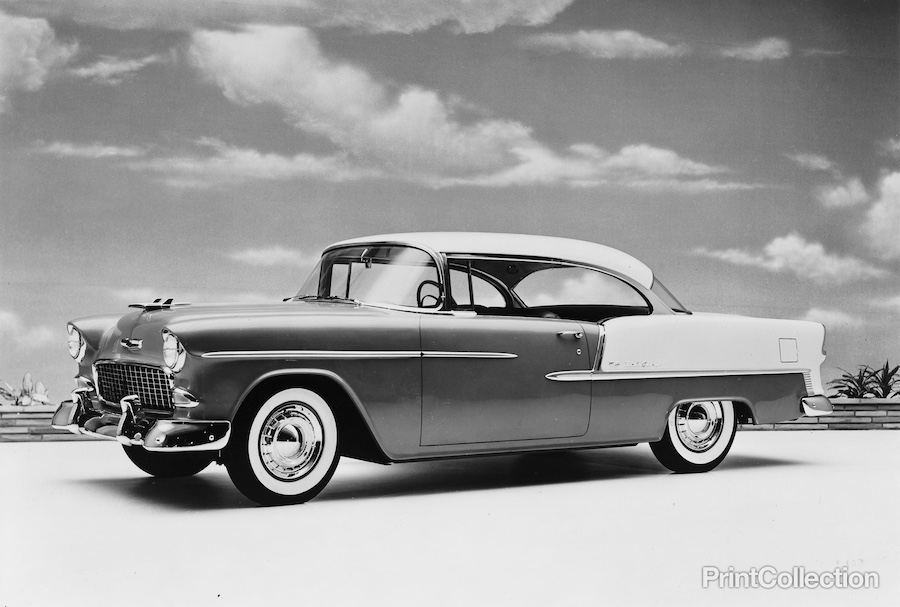





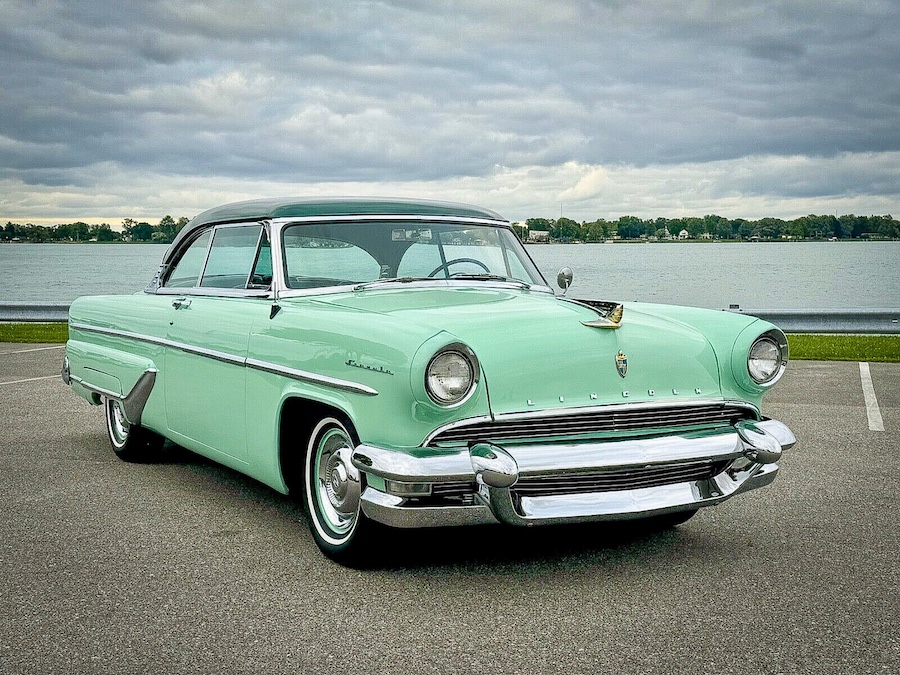

Did You Know? - What is the slogan for Route 66?
- Route 66: Cruising the road less traveled.
- Route 66: More than a number.
- Route 66: Navigating America's Main Street.
- Route 66: Not just a road, but an experience.
- Route 66: The mother of all road trips.
- Route 66: The original road trip.
- Route 66: The road that whispers tales of the past.








